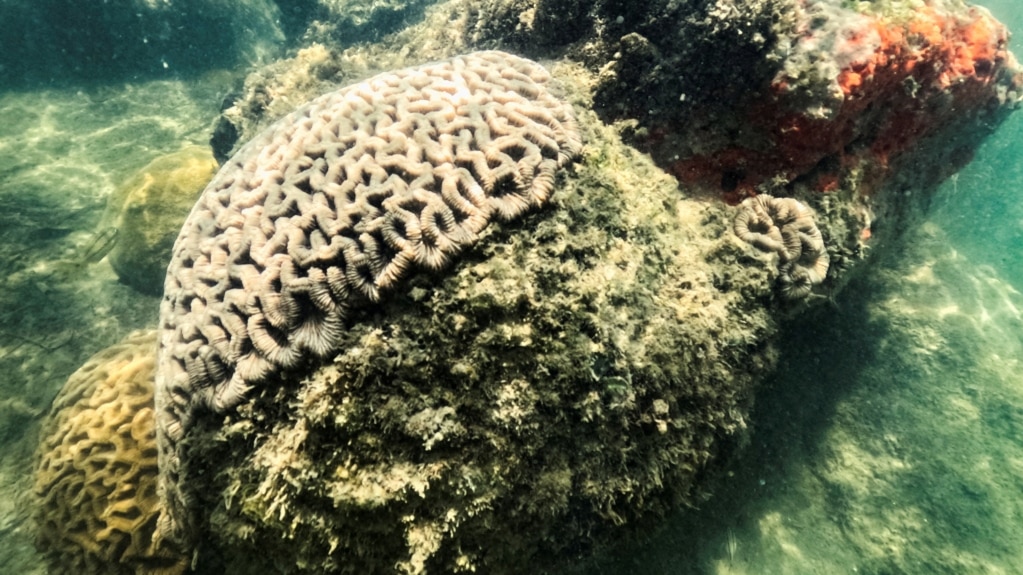The American agency that follows the risk of coral bleaching around the world says “the worst bleaching event in the history of the planet may come soon.”
Those are the words of Derek Manzello, head of NOAA’s Coral Reef Watch.
NOAA is the National Oceanic and Atmospheric Administration.
Manzello said the “entirety” of the Southern Hemisphere is “probably going to bleach this year.” The Southern Hemisphere is currently in summer and suffering from record-breaking water temperatures.
Experts say climate change and the El Nino weather pattern are to blame for the warmer water.
Sensitive organisms
Corals are small marine organisms that attach to mineral deposits in the ocean. Collections of the animals form ocean structures that support many kinds of sea life.
Bleaching is the term used by experts who see the once colorful coral turn white when water temperatures rise. It is a sign the animals are dying.
If corals die or go dormant, they can hurt fishing and tourism industries.
The last large coral bleaching event around the world took place from 2014 to 2017. At the time, the Great Barrier Reef off Australia lost nearly one-third of its coral. Overall, the world lost 15 percent of its coral.
Corals get their color from small plants called algae that live inside them. The high temperatures stress the coral and cause them to expel the algae. When that happens, the corals lose their color. The algae help the coral stay healthy and without it, the corals face increasing risk of disease.
Observers are concerned that 2024’s bleaching will be even worse than the last time. Scientists reported the worst coral bleaching on record in the Caribbean late last year.
Manzello said there is coral bleaching “all over the place” in the Southern Hemisphere. He said all of the Great Barrier Reef is bleaching as are reefs in the territory of American Samoa.
The El Nino weather pattern always brings warmer ocean temperatures. However, the world just experienced one of the warmest 12-month periods on record. In 2023, temperatures were 1.5 degrees Celsius higher than during pre-industrial times. Scientists say a longer period of high temperatures could cause the deaths of 90 percent of the world’s coral.
Manzello noted that scientists must look at coral in all three major oceans – Atlantic, Pacific and Indian – to call a bleaching event “global.”
Scientists use sea surface temperature data and examine satellite imagery of reefs to measure for bleaching. Based on studies so far, Manzello said the world is “already there.”
A similar study of Indian Ocean coral is continuing.
Joanne Manning is a spokesperson for the Australian Institute of Marine Science. Manning said the organization has documented extensive bleaching in the Keppels area and Capricorn-Bunker groups. She said the group’s research continues.
I’m Dan Friedell.

